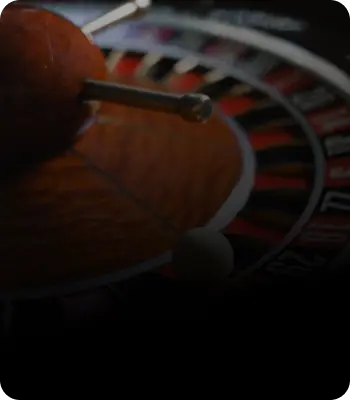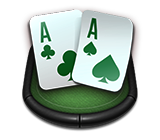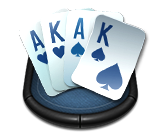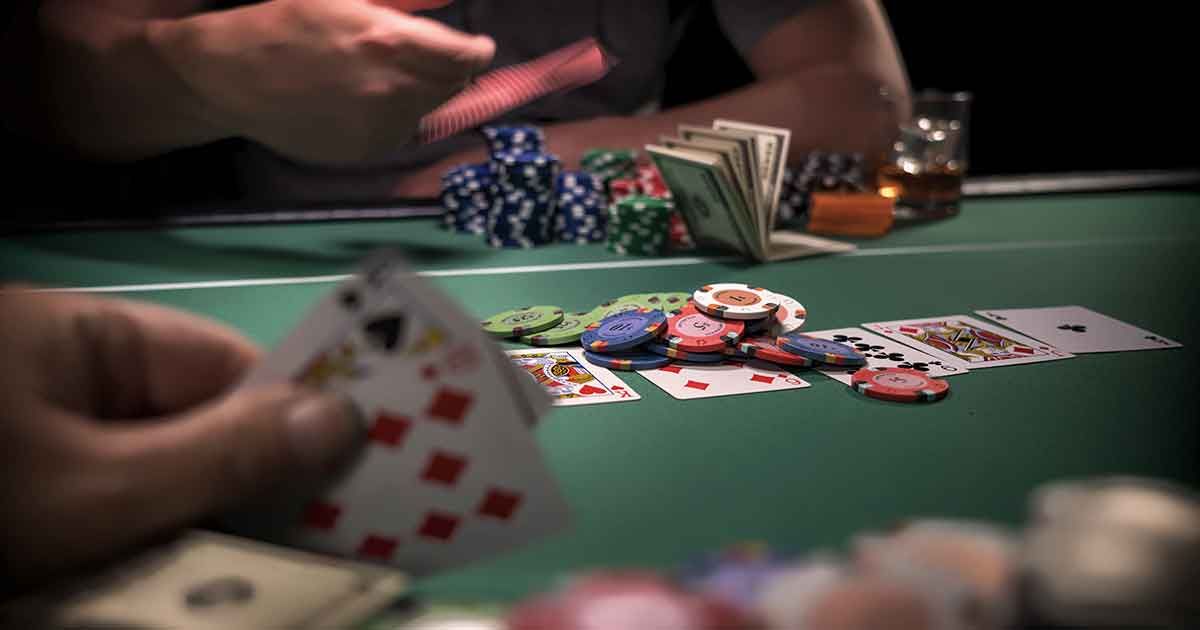
There are four main playing styles into which the majority of poker opponents will fall. In this article, we’ll explain in detail the various player types you’ll encounter at the table. But perhaps more importantly, we’ll talk a little about how to effectively play against each of these poker playing styles.
The Four Types of Poker Players
When categorising poker playing styles, there are two things to consider. Firstly, how tight are they? How often do they get involved with pots and what type of hands do they play? Secondly, how aggressive are they? So how frequently are they betting and raising?
You’re sure to meet all kinds of weird and wonderful poker players at the table. But when you boil down their different personalities, they can all be classed as one of the following four groups.
1 - Tight Passive
You may hear them described as “rocks” or “nits”, but Tight Passive players all have the same two things in common. They are extremely picky about their starting hands, happy to wait patiently for a premium hand before entering the pot. But they’re also quite afraid of action, rarely playing back at raises and constantly looking for reasons to fold.
If you can see that someone plays less than 20% of their starting hands, it’s fair to assume they’re tight. If they’re engaging with below 10%, they’re full-on nits. But it’s the PFR (Pre-Flop Raise) stat you should pay the most attention to, to determine whether or not they’re passive. These players will play a lot of their pots by simply limping in, after all.
As poker playing styles go, the Tight Passive opponent is a pretty good one to have at your table. Particularly if they’re seated immediately to your left, as you’ll constantly be able to pick off their blinds. You should raise much more often from the button or small blind whenever that’s the case.
Another point to consider with Tight Passive players is that they’re difficult to bluff. Yes, they are scared of conflict. But if they are involved in a hand, they tend to have a monster. So continuation bets and outright poker bluffs are almost always pointless. They might not raise you, but they will certainly call you down a lot of the time.
2 - Loose Passive
 In short, these are the best types of poker players to come up against. Like the Tight Passive style, Loose Passive players are also scared to go to war. They won’t bet and raise too often and if you see them 3- and 4-betting, you can assume they’ve got the nuts.
In short, these are the best types of poker players to come up against. Like the Tight Passive style, Loose Passive players are also scared to go to war. They won’t bet and raise too often and if you see them 3- and 4-betting, you can assume they’ve got the nuts.
However, the big difference is that a loose player gets involved with a much higher percentage of holdings. As such, they’re not only playing strong hands like their Tight Passive cousins. They want to play constantly and take a lot of flops, plus they fall in love with their hands easily. Often, the Loose Passive player is new to the game and is something of a calling station.
These types of poker players are the most easily exploited. But whatever you do, don’t bluff them! They are extremely curious and want to play every hand to its conclusion. They’ll justify horrible plays as “keeping you honest”, so only bet when you have the goods. And be prepared to find yourself outdrawn often, too.
The best approach is to simply bet for value. This type of poker player is unlikely to be paying too much attention to your bet sizing. So do whatever you can to get the maximum value on every single street. And feel free to bet more thinly, since they're going to call you down with Ace high anyway!
3 - Tight Aggressive
The Tight Aggressive style is seen as the most optimal way to play poker by many students of the game. Although it’s possible to be successful with other poker playing styles, many of the world’s best are Tight Aggressive players. Particularly when it comes to tournaments.
Those employing the TAG style will seize the initiative at every possible opportunity. You won’t find them limping into a pot and they call less frequently post-flop. Slowplaying is a tactic they rarely employ. And since they are tight, they don’t tend to bluff too often, favouring semi-bluffs where they still have plenty of outs.
Although Tight Aggressive players are usually experienced and well-balanced, you can still find exploits. For instance, since aggressive play works much better in position, they’re happy to give up their blinds more than you might expect. Just be careful when they come back over the top of you. Because, unlike passive players, they are smart enough to play back and make sure they don’t get pushed around.
Of all the poker playing styles, these are the most respectful of position. So you can certainly 3-bet a little lighter than usual against a TAG whenever you have a positional advantage. If you can take the initiative away from them, you’ll make them uncomfortable. Similarly, they like to make a lot of continuation bets, so bluff raising from time to time can be a profitable manoeuvre.
4 - Loose Aggressive
The last of the four poker playing styles is the Loose Aggressive opponent. These guys love to play a wide range of hands and hate to miss out on any action. But because they are so aggressive, such a player is going to be betting and raising far more frequently.
It’s important to clarify that playing loose with aggression doesn’t necessarily make someone a maniac. While these players do exist, and they play almost every hand, the Loose Aggressive player is smarter than the maniac. Their aggression is selective, rather than coming from drunkenness, being on tilt or other factors which can lead to maniac play.
A true Loose Aggressive player is probably not going to play more than 30% of starting hands. It’s just that they’re happier to play out of position and to push thinner edges than a Tight Aggressive player. And you can be absolutely sure that they’ll raise from the button every single time.
It can be very hard to play against a LAG player, so the best strategy is often to simply switch tables. Especially if you are prone to tilting. But if you want to take them on, it’s best to do so post-flop. They are trying to exploit weaker players, so they’ll bet each street to encourage folds from players with marginal hands. But they too only have marginal holdings a lot of the time. So if you’re brave and play back, you can emerge on top.
Finally, while slowplaying is almost always a bad idea, against a Loose Aggressive player it can pay dividends. Let them build the pot for you, whilst also maintaining an element of control. The last thing you need against a LAG is a raising war.
Poker Playing Styles: Conclusion
So there you have it. You should now understand the four main poker playing styles and know how to respond to each one. The key is to figure out quickly how tight or loose they might be, or how aggressively they bet and raise. Once you have that information, it becomes very easy to exploit your opponents at the poker table.
Don’t forget to subscribe to our newsletter to get the latest poker tips as well as info on upcoming poker events.































